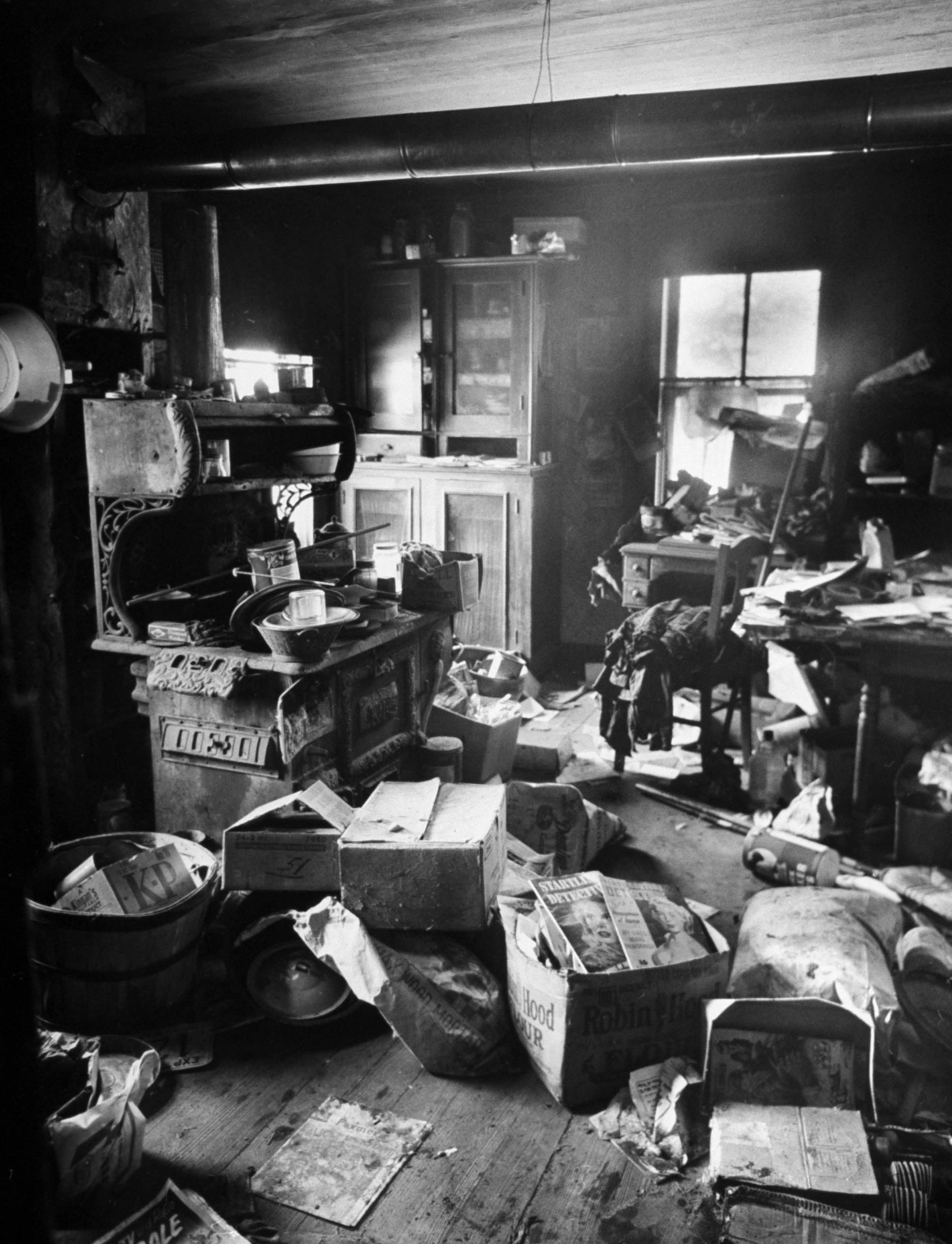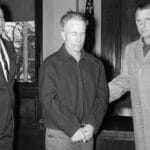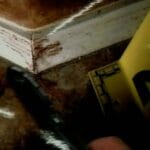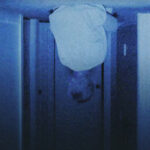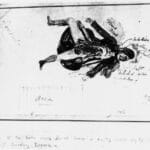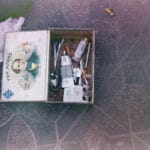Ed Gein. The name conjures images of unspeakable horror, a chilling testament to the darkest corners of the human psyche. This in-depth exploration delves into the disturbing truth behind the crimes that shocked the world, venturing inside his Wisconsin farmhouse—a macabre museum of the macabre. We’ll examine the rare crime scene photos—evidence that horrified investigators—not for mere shock value, but to understand the why. Why did Gein commit these atrocities? What psychological factors contributed to his descent into madness? And how did this seemingly ordinary man become a monster? From the terror that gripped Plainfield to Gein’s lasting impact on popular culture, we’ll unpack this chilling case with respect for the victims and the terrible price they paid. Delve into the chilling photographic evidence from the Ed Gein crime scene images and uncover the grim reality of his horrific acts. Further explore the dark history of London’s Whitechapel district with unsettling Jack the Ripper victim photos, offering a glimpse into the brutality of his unsolved crimes. This is a journey into darkness; prepare yourself.
The Genesis of a Nightmare: Ed Gein’s Early Life
Ed Gein’s story began on August 27, 1906, in La Crosse, Wisconsin. His childhood, far from idyllic, was steeped in a toxic family dynamic that likely played a significant role in his later psychological turmoil. Dominated by his fiercely religious and overbearing mother, Augusta, and neglected by his weak, alcoholic father, George, young Ed grew up in a pressure cooker of conflicting emotions and unhealthy obsessions. Experts suggest that Augusta’s fire-and-brimstone sermons, coupled with George’s absence, created fertile ground for Ed’s disturbed worldview. The death of George further isolated the Geins, intensifying Ed’s dependence on Augusta. The subsequent, mysterious death of his brother, Henry, amplified Ed’s isolation and arguably paved the way for his descent into darkness.
The Vanishing of Bernice Worden: A Trail of Terror
On November 16, 1957, Bernice Worden, owner of a local hardware store, vanished. Suspicion immediately fell upon Ed Gein, a quiet odd-jobber known in the community. Bernice’s son, Frank Worden, a deputy sheriff, led the investigation that would uncover the horrifying truth lurking within the Gein farmhouse. That evening, law enforcement entered the seemingly ordinary dwelling and stumbled into a nightmare. Bernice Worden’s headless body, hung like butchered game, was the first grim discovery. It was only the beginning.
Inside the House of Horrors: A Photographic Record of Depravity
The crime scene photos from the Gein farmhouse transcended mere documentation; they exposed a mind consumed by the grotesque. They depicted a world where human remains were not just objects of morbid fascination, but everyday items. Chairs upholstered with human skin. Lampshades crafted from stretched human flesh. Bowls made from human skulls. The photos captured these and other unspeakable horrors:
| Item | Material |
|---|---|
| Chair Upholstery | Human Skin |
| Belt | Human Nipples |
| Box | Preserved Vulvas |
| “Skin Suit” | Human Skin |
| Bowls | Human Skulls |
| Lampshades | Human Skin |
| Wall Decorations | Human Faces |
These weren’t trophies; they were the building blocks of Gein’s twisted reality. He was attempting to recreate his deceased mother, to literally inhabit her likeness. Psychologists theorize that these macabre creations were a desperate, albeit deeply disturbed, attempt to resurrect her, to maintain a tangible connection.
Unmasking the Mind of Ed Gein: A Psychological Exploration
What drove a seemingly ordinary man to such depravity? Definitive answers remain elusive, but experts suggest a confluence of factors. His oppressive upbringing, his mother’s profound influence, and his social isolation likely contributed to a fractured psyche. Some researchers suggest schizophrenia, while others point to necrophilia and a profound disconnect from reality. The crime scene photos, transforming human remains into household items, suggest a complete breakdown of normal boundaries, a blurring of life and death. The “woman suit” points to a deep-seated psychological disturbance, possibly an unresolved Oedipal complex and a desire to embody his mother’s identity.
The Legacy of Horror: Gein’s Impact on Popular Culture
Declared legally insane, Gein died in a mental institution in 1974. But his reign of terror continues to cast a long shadow. The gruesome details, particularly the crime scene photos, seeped into popular culture, inspiring countless horror films and novels. From Psycho to The Texas Chainsaw Massacre and The Silence of the Lambs, Gein’s influence is undeniable. The ethical implications of this influence remain a subject of debate. Does the entertainment value overshadow the real-life horror and the victims’ suffering? This complex question challenges our understanding of true crime’s portrayal in popular culture.
Plainfield’s Nightmare: The Community Scarred
The horrors uncovered at Ed Gein’s farmhouse didn’t just stay within its walls. They permeated Plainfield, Wisconsin, forever scarring its identity. The gruesome discoveries—the human skin furniture, the skulls as bowls—shattered the community’s trust, revealing that the boogeyman wasn’t a figment of their imagination but someone they knew. The initial shock morphed into pervasive fear, transforming the once-peaceful landscape into something menacing. The media frenzy that followed amplified the trauma, turning Plainfield into a macabre spectacle. The town became synonymous with horror, making it difficult for residents to heal.
The Gein case also exposed weaknesses in forensic science. The investigation revealed limitations in existing techniques and likely spurred advancements in criminal profiling and evidence analysis. It raised questions about how such atrocities could go undetected for so long, suggesting a nationwide impact on investigative procedures. The people of Plainfield were victims too, grappling with betrayal, guilt, and fear. Some questioned whether they could have prevented the horrors. The emotional wounds likely ran deep. The legacy of Ed Gein continues to haunt Plainfield, a somber testament to fear’s power and the fragility of peace.
Beyond the Gore: Understanding Gein’s Psychology Through the Photos
The Plainfield farmhouse became a grim reflection of Gein’s inner world. The chilling images offer a window into his psyche, a visual representation of disturbed thoughts and feelings. The photos, arguably more than any confession, provided concrete evidence of his necrophilia, his fixation on the female form, and his distorted view of women. They allowed investigators to explore the psychological landscape that birthed such atrocities.
Gein’s abusive childhood, particularly his relationship with his controlling mother, Augusta, likely contributed to his later depravity. The photographs, capturing the culmination of these formative years, provide a starting point for understanding his mind. The “woman suit,” fashioned from human skin, suggests a possible Oedipal complex, a longing to become his mother or perhaps resurrect her. Coupled with accounts of Augusta’s influence, the photographs paint a vivid picture of Gein’s warped relationship with the woman who shaped his darkest impulses.
The Gein case became a pivotal moment in forensic science. The meticulous photographic documentation established a new standard for investigations, demonstrating the evidentiary value of visual records. Gein’s grotesque creations also seeped into popular culture, inspiring fictional characters. The legacy of Ed Gein, preserved in those stark photographs, continues to haunt us, raising questions about the nature of evil. While some questions may never have answers, the photographs offer a starting point for exploring Gein’s psychology. They remind us that even in the face of horrific acts, there’s a complex human story, even if incomplete and unsettling. Ongoing research continues to examine Gein’s case, seeking to shed further light on the interplay of psychological factors, although the full picture may forever remain shrouded in darkness.
- Unlocking 2-Letter Words with U: The Definitive Guide - April 4, 2025
- Unlock Words with the Letters THREE: Top Unscramble Tools 2025 - April 4, 2025
- Master Scrabble: X & Z Words for High Scores - April 4, 2025
